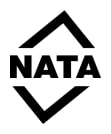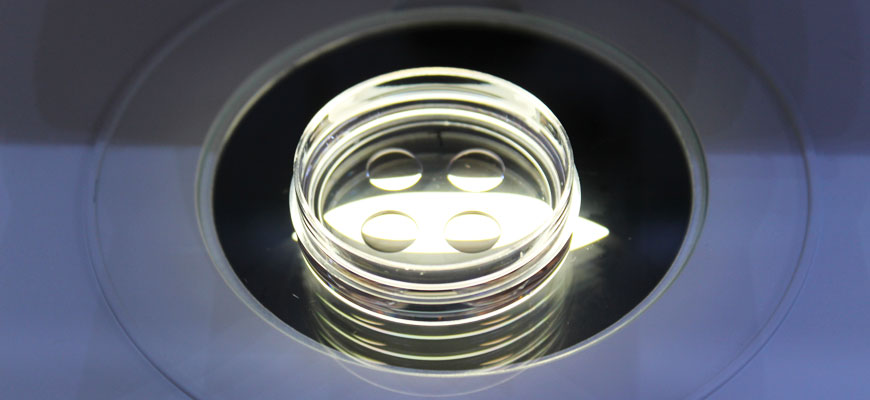Cryopreservation
// Service
Cryopreservation of sperm and embryos is used to preserve mouse lines that are no longer needed for research or to secure a backup of your valuable breeding colonies, may they be unique or vulnerable genetically modified lines.
Cryopreservation techniques can be employed to provide a backup for unique or vulnerable genetically modified lines; cryopreservation can also be used to archive a colony that has ceased breeding and is no longer needed for research.
Keeping a backup of your lines through cryopreserved material provides security against genetic drift, human error, natural disasters and loss of genes of interest. Cryopreserved lines are readily available for transport and can allow for future rapid expansion of colonies when reanimated.
ABR offers a number of Validation options to suit your requirements. Samples can be validated using several methods:
- Full validation – recovery and production of live pups
- Basic validation – recovery and successful culture of embryos in vitro to blastocyst
- No validation – sperm is thawed and motility assessed (NOTE: This basic validation option does not guarantee that the sperm are able to fertilise an oocyte)
Security: The embryos and sperm are stored at two separate locations providing additional security.
Sperm freezing
Requires only 4 males and can be completed within 4 – 6 weeks depending on the method of validation used.
Embryo freezing
Is preferred for lines that must be kept as homozygous or lines on a mixed background. The number of animals needed and time taken to produce a target of 400 frozen embryos depends on how well the animals breed, the quality of embryos produced, and the validation method used.
In 2020 ABR further refined the embryo freezing process leading to a reduction in the number of mice required and a shorter completion time. The initial requirements are now for 3 males and 20 females. More females may be required if the females ovulate poorly, or the fertility rate is low. Depending on the availability of females, the service will take approximately 12-20 weeks.
Note: Breeding and housing prior to freezing is not included in the cryopreservation costs. When a line is breeding poorly and/or produces poor quality embryos an alternative target for freezing may require negotiation. ABR technicians will contact clients within approximately 12 weeks to discuss continuation of the process.
Mouse strains can be recovered from imported frozen embryos or sperm.
Since opening in 2008, ABR has successfully cryopreserved over 1,450 mouse lines.
For more information please refer to the Frequently Asked Questions section on Cryopreservation. For assistance please contact enquiries@abr.org.au. To initiate freezing please complete the relevant Cryopreservation service order in the Services section of Stuart Web.
Sperm Freezing FAQs
// FAQs
Is my line suitable for sperm freezing?
Any line where the males are fertile and can carry the gene of interest can have sperm cryopreserved. However, reanimation of the line requires IVF using female donors from a standard background strain. The current strains available at ABR are:
B6.129S7-Rag1<tm1mom>/JAusb
B6.SJL-PtprcaPepcb/BoyJAusb
BALB/cJAusb
C57BL/6JAusb
FVB/NJAusb</tm1mom>
Females from alternate strains may be imported to ABR for recovery.
How many mice are required?
Additional males can be frozen on request (additional charges apply)
What age do the mice need to be?
The minimum age is 10 weeks to ensure that the sperm are mature. Requests may be placed listing younger mice and ABR will track their age and collect the sperm when they reach 10 weeks. There is no upper age limit unless the line has known fertility issues as they age.
The colony I want to freeze down is not housed at ABR, can I still use this service?
Yes! Anyone who has an account with ABR can use the cryopreservation service. An import live animals service request will need to be submitted through Stuart Web before a sperm freezing request can be made. If the facility is on the ABR delivery van route then mice can be picked up by the ABR van.
Do the males need to be proven fertile?
While the fertility of males can be checked before the sperm is collected, it is not a requirement. The quality of the sperm is assessed microscopically before freezing. If a male presents as aspermatic a replacement will be requested.
What level of validation is recommended?
If the budget is tight and there is little likelihood of the line ever being required, clients tend to select the ‘no validation’ option. However, if you are likely to be reanimating frequently, or if the line is extremely precious and has severe breeding difficulties you may want to select Full Validation. This will give peace of mind that the line can be brought back completely.
How much does it cost?
Prices range depending on which validation method is chosen. Please check the current prices.
How do I request a line to be cryopreserved?
Requests are submitted using the Service page on Stuart Web.
If you need advice or assistance, please contact enquiries@abr.org.au or the Scientific Services Supervisor: Elizabeth Lawfull – e.lawfull@garvan.org.au
Ph: 02 9295 8569 or 02 9295 8565.


